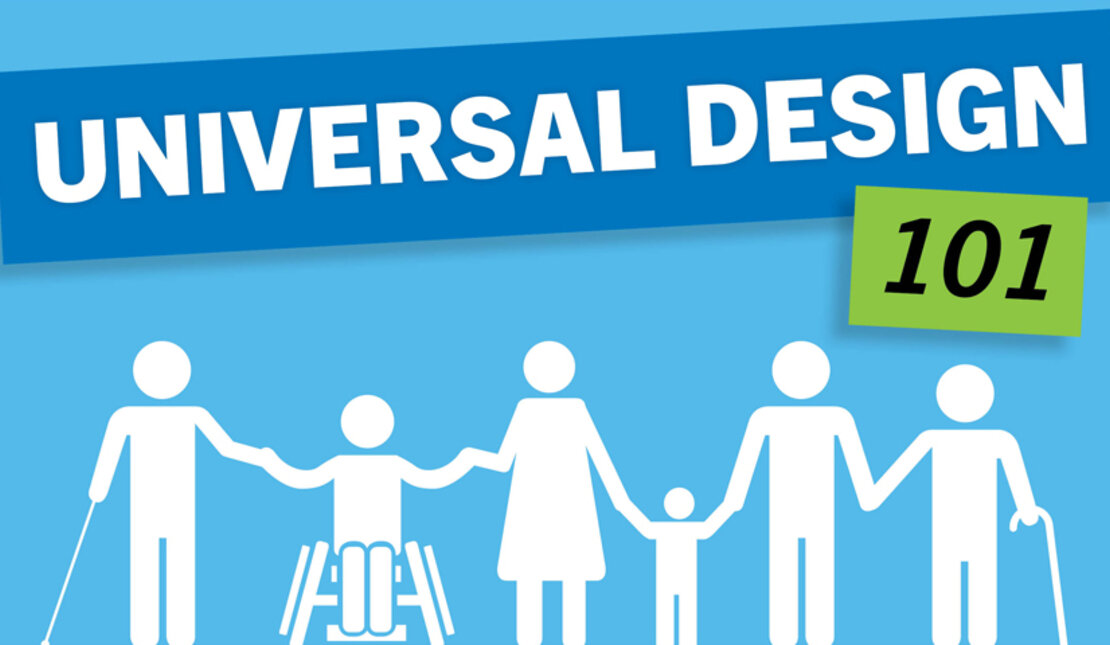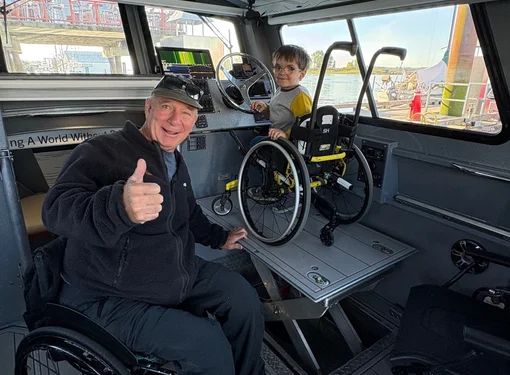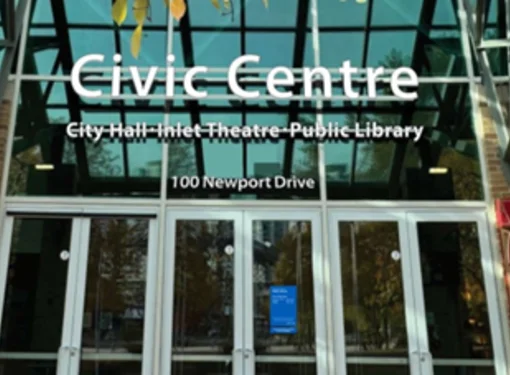Universal Design 101
Confused by the term “universal design” and what it's all about? Today, let’s chat about what it really means and why it’s important.
What is universal design?
According to the Centre for Excellence in Universal Design, universal design (sometimes also called inclusive design or barrier-free design) is the design and structure of an environment so that it can be understood, accessed, and used to the greatest extent possible by all people regardless of their age or ability.
That means that when architects and city planners think about and plan around peoples’ diverse needs and abilities (like kids, parents, seniors, people with injuries or illnesses, and people with disabilities) they can create environments that actually meet those needs and abilities.
The basic principles of universal design
The original concept of universal design was created by architect and industrial designer, and wheelchair user, Ronald Mace.
In 1997, Ronald led a working group of architects, product designers, engineers, and environmental design researchers, to create the 7 principles of universal design to help guide the design process of environments, products and communications. Here's a summary of the principles.
- Principle 1: Equitable Use. The design is useful and marketable to people with diverse abilities.
- Principle 2: Flexibility in Use. The design accommodates a wide range of individual preferences and abilities.
- Principle 3: Simple and Intuitive Use. Use of the design is easy to understand, regardless of the user's experience, knowledge, language skills, or current concentration level.
- Principle 4: Perceptible Information. The design communicates necessary information effectively to the user, regardless of ambient conditions or the user's sensory abilities.
- Principle 5: Tolerance for Error. The design minimizes hazards and the adverse consequences of accidental or unintended actions.
- Principle 6: Low Physical Effort. The design can be used efficiently and comfortably and with a minimum of fatigue.
- Principle 7: Size and Space for Approach and Use. Appropriate size and space is provided for approach, reach, manipulation, and use regardless of user's body size, posture, or mobility.
Using things that are universally designed
Universally designed places and products are all around us. You’ve probably used one (or all of these things) without even realizing it!
One of the most common examples of universal design, and one that you probably use every day, is the sidewalk ramp, or curb cut. A curb cut is essential for people using wheelchairs, but it also benefits kids riding bikes, seniors using walkers, parents pushing strollers, and delivery people pulling heavy dollies. When something is universally designed, it can be used easily by everyone.
Some other examples of universal designed places or products are:
- Ramp entrance
- Automatic doors
- Lever door handles
- Flat panel light switches
- Task lighting
Why should we care about universal design?
Universal design is so important because if a space is accessible, usable, and convenient for everyone regardless of age or ability, it’s inclusive for all. An accessible school, library, community centre, or park means everyone can participate fully in their community.
And the need and desire for accessible and inclusive communities will only grow as our population continues to age. With older age comes mobility, vision, and hearing challenges, and many of us will need universally designed spaces so that we can continue to be part of our communities and live our lives to their full potential.
So, are you on board to create an accessible, universally designed world? Sign up for our e-newsletter to follow our journey to an accessible Canada!






